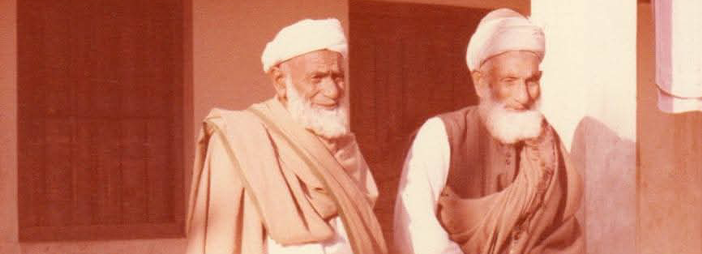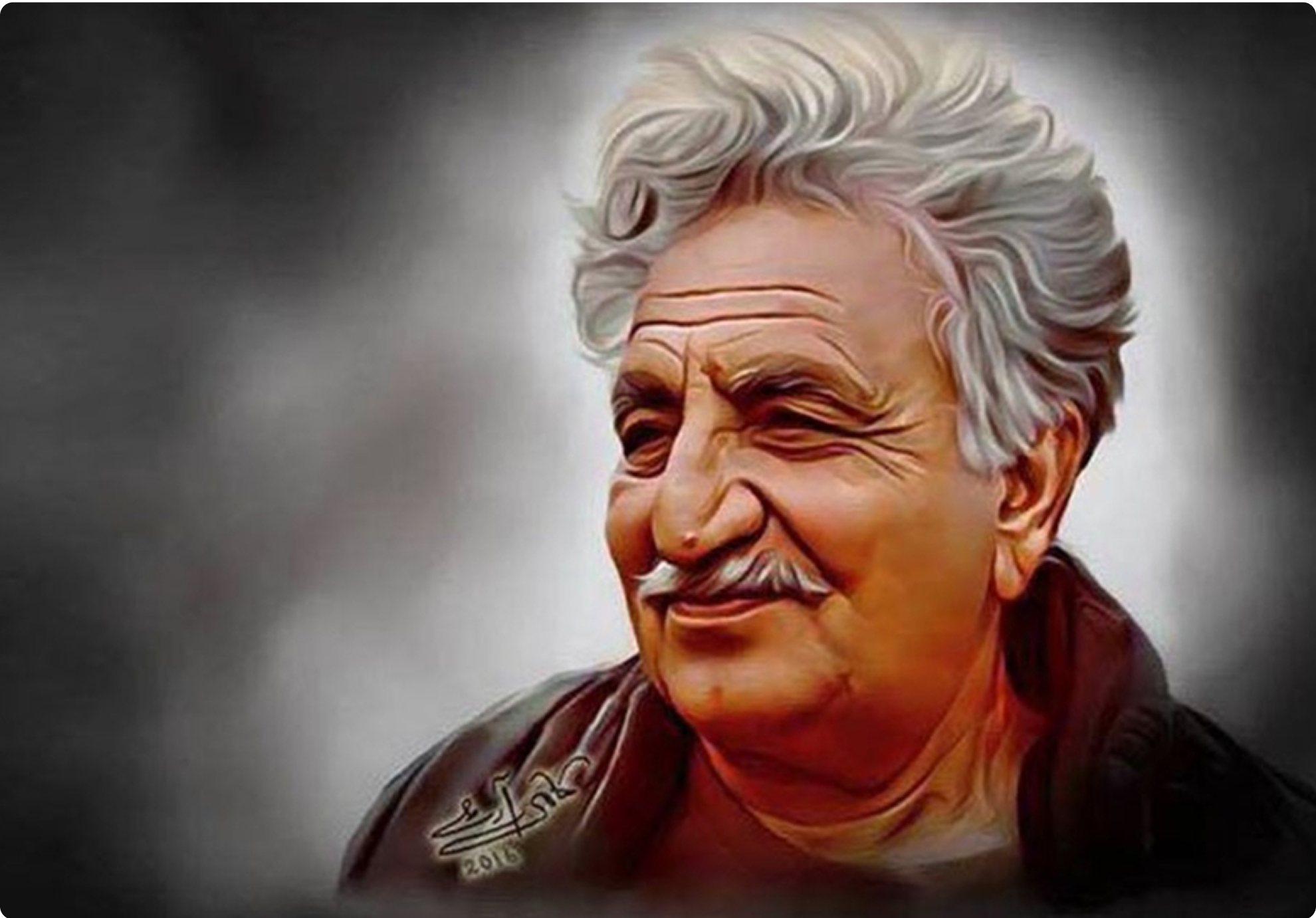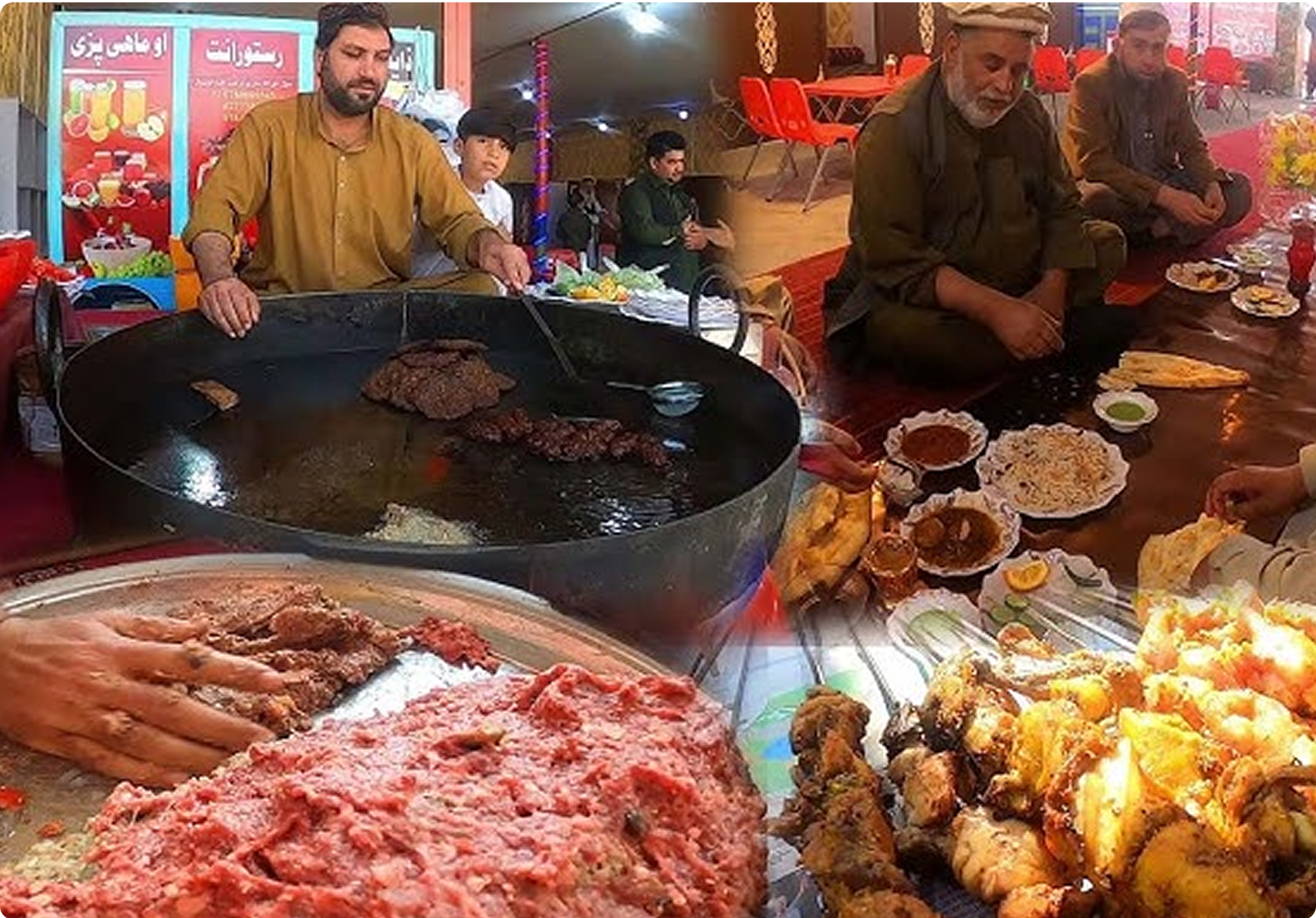Saro Shah
A Journey Through History and Development
Introduction
Nestled in the heart of Mardan District, Khyber Pakhtunkhwa, Pakistan, Saro Shah— often referred to simply as Saro—is a Village rich in history, culture, and economic significance. Located at 34°14'9"N latitude and 71°54'30"E longitude, this Village stands at a unique crossroads between its storied past and the challenges of modernization. Saro Shah's Population has grown significantly up to 10,811 with an estimated literacy rate of 54.86% (425 male and 113 female degree holders and above, and a total area of 1298 acres. While deeply rooted in history, Saro Shah continues to evolve, facing hurdles in education, infrastructure, and resource management.
A Glimpse into History
Situated just 5 km from Takht Bhai, home to an ancient Buddhist monastic complex dating back to the 1st century BCE, Saro Shah holds historical significance as part of the Gandhara civilization. Over centuries, it has witnessed the rise and fall of powerful dynasties, including:

British Colonial Rule (1849–1947)
The village’s name comes from the “Sare,” a local migratory bird that is now extinct. This connection between the village and the Sare reflects the importance of nature and wildlife in the local culture and heritage.
Cultural Heritage
Saro Shah is a vibrant center of Pashtun culture, where traditions and customs have been passed down through generations. The population is predominantly Pashtun, comprised of various tribes such as the Malang Khel, Yousafzai, Mussafir, Mamazai. Pashto, the primary language, has been shaped by influences from Persian, Arabic, and local indigenous languages. Cultural highlights include:

Renowned Poets & Writers: Literary figure like Ghani Khan have roots in the region.

Rabab and Mangey: Musical instruments that bring life to local celebrations.

Festive Celebrations: Eid-ul-Fitr and Eid-ul-Adha bring the Village to life, with bustling bazaars filled with local delicacies like Chapli Kebab, Kabuli Pulao, and Saji.
Education & Literacy
Education in Saro Shah has progressed over the years, but challenges persist. The
Village is home to several educational institutions, including:
- Government boys’ high schools offering education up to Matriculation.
- Government boys’ and girls’ Primary schools with facilities of two primary schools for both girls and boys.
- Government Girls’ high Secondary schools offering girls education till Intermediate level. Higher Education Access – Nearby universities, such as Abdul Wali Khan University.
- Mardan and the University of Engineering and Technology Mardan, cater to students pursuing advanced studies.
- Literacy Rate – Currently reflecting an increase from 50% in 2010 but still below the national average.
Economic & Infrastructure Development
Saro Shah’s economy is primarily based on agriculture, small businesses, and trade. Major agricultural products include wheat, sugarcane, maize, and various fruits such as oranges, guavas, and pomegranates.
Infrastructure Advancements:
Roads
The Takht Bhai-Saro Shah Road (recuperated in 1995) and the upgraded Saro Shah-Mardan Road (2012) connect the Village to key trade routes.
Electrification & 4G Expansion
Full electrification in 2008 enabled technological growth, with widespread 4G availability since 2015.
Mosques
Expanded mosques and improved facilities, with community efforts driving renovations and new constructions for worship and religious education.
Judicial System
A blend of formal courts and traditional Jirgas, with the Saro Shah Jirga playing a crucial role in local dispute resolution.
Healthcare Facilities
Over the past decade, Saro Shah has seen improvements in healthcare services. Key facilities include:
Private Clinics & Pharmacies
Expanding access to medical care
Mardan Medical Complex (MMC)
The nearest major hospital for specialized
treatment.
Weather & Best Time to Visit
Saro Shah experiences a moderate climate with hot summers and cool winters. The best time to visit Saro Shah is during spring (March–April) and autumn (September–November) when the weather is mild, making outdoor activities and sightseeing more enjoyable.
Summers
May–August
Temperatures can reach up to 40°C (104°F), making it quite warm.
Winters
December–February
Cool and pleasant, with temperatures dropping to around 5°C (41°F).
Spring & Autumn
March–April & September–November
Ideal weather with moderate temperatures and a vibrant landscape.
Tourist Attractions & Shrines
Saro Shah offers a mix of historical, religious, and natural attractions:

Takht Bhai Buddhist Monastery
A UNESCO World Heritage Site located nearby, offering insight into the Gandhara civilization.

Local Bazaars
Bustling shops where visitors can experience traditional Pashtun culture, shop for handicrafts, and enjoy local delicacies.
Notable Personalities & Emerging Sectors
Saro Shah has produced influential figures in literature, politics, and business. Notable personalities include:

Late. Syed Muhammad Ishaq

Late. Noor-Ul-Hadi

Late. Syed Abdul Hadi

Late. Chairman Gul Akbar
Emerging Sectors:
Agri-Tech & Modern Farming
Investment in high-yield farming techniques has increased crop production over the past decade.
Small-Scale Manufacturing
Local businesses leveraging online platforms, with a notable rise in digital entrepreneurship since 2020.
Digital Services & ECommerce
Growth in textile and handicraft industries, contributing to regional exports.
-
Construction & Infrastructure Development
Ongoing projects in road networks, housing, and commercial spaces, improving connectivity and local economic opportunities.
Government Initiatives & Development Projects
Education Reforms
Expansion of primary and secondary schools to improve literacy rates.
Infrastructure Upgrades
Road construction and electrification projects to boost connectivity and trade.
